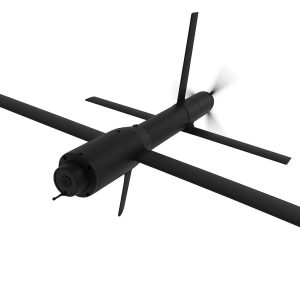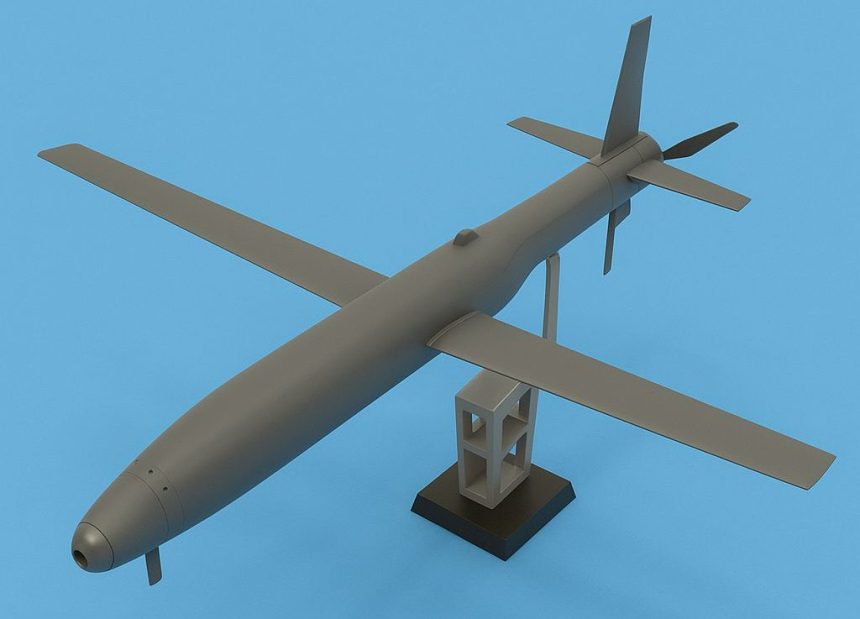Drone technology is no longer just a novelty for aerial photography or remote surveillance. Today, it has evolved into one of the most lethal instruments of modern warfare: The Unmanned Aerial Vehicle (UAV). Among the most alarming advancements in this field is the emergence of kamikaze drones—autonomous, self-destructing aerial weapons designed for precision strikes.
These so-called suicide drones lock onto specific targets, strike with devastating impact, and then destroy themselves in the process. The recent border conflict between India and Pakistan has once again brought Kamikaze drones into global military conversations.
The term Kamikaze originates from the Japanese pilots of World War II who carried out suicide missions, most infamously during the December 7, 1941, attack on Pearl Harbor.
Today’s Kamikaze drones are a far more technologically advanced reincarnation of that strategy. They search, identify, and destroy targets from the sky with unerring precision — sacrificing themselves in the process.
Aviation experts highlight the tactical advantage of launching multiple Kamikaze drones simultaneously from a single platform, capable of striking multiple targets at once.
This swarm attack capacity represents a significant leap in air assault strategy.
Israel was among the early pioneers, introducing the HAROP drone, which has since become part of the arsenal in over 15 countries. The United States followed with its Switchblade drones, while Iran developed the Shahed series, Turkey produced the Kargu, and China unveiled the CH-901—each a variation on this increasingly diverse weapon category.
China, however, is leading in terms of scale and industrial capability. Unlike many other countries, China has developed a robust ecosystem of drone manufacturing, with over 5,000 government and private drone factories concentrated in cities like Chengdu, Xi’an, and Shenzhen.
As a result, many nations now rely heavily on Chinese drone technology.
For example, the American Switchblade-600 can fly up to 110 km/h and has a maximum endurance of 44 minutes. In contrast, China’s CH-901 can reach speeds of 200 km/h and stay airborne for up to 105 minutes—cementing its position as a global market leader.
India began developing its own Kamikaze drone technology two years ago. With support from the Defence Research and Development Organisation (DRDO) and private firms, it produced the Tactical Loitering Munition (TLM), capable of over 30 minutes of flight time to engage specific targets.
According to multiple international sources, India used both Israeli HAROP drones and its indigenous Kamikaze models in its recent Operation Sindoor.
Meanwhile, the Pakistani military is reportedly equipped with advanced Chinese anti-drone systems, despite the fact that the country uses Turkish drone technology for reconnaissance and combat.
On Friday evening, Pakistan claimed it had shot down 77 Indian drones in just three days — including several Kamikaze drones. India, however, has not confirmed these figures, instead claiming that its drones successfully struck several Pakistani positions.
It’s worth noting that Iranian Shahed drones were widely used in the ongoing Russia-Ukraine war, alongside the increasingly popular FPV (First Person View) mini-drones—an affordable, low-cost variation of the kamikaze model.
 According to US-based research firm Fact.MR, the global market for kamikaze drones was valued at $2.63 billion in 2024 and is projected to soar to $10.91 billion by 2034.
According to US-based research firm Fact.MR, the global market for kamikaze drones was valued at $2.63 billion in 2024 and is projected to soar to $10.91 billion by 2034.
But the growing adoption of this technology signals more than military advancement — it marks the beginning of a new arms race that poses alarming implications for global security.
Security analysts warn that drones have become tools of political messaging. “This technology makes warfare more precise, but it also strikes deep into the psychological resilience of the enemy,” they note.
Experts further argue that for a country like Bangladesh — bordered by both India and Myanmar — kamikaze drones could become a vital instrument for both border security and counterterrorism operations.
However, their deployment must be backed by elite training, advanced technical skill, and a clear strategic doctrine.
As Kamikaze drones are deployed by two nuclear-armed neighbors like India and Pakistan, the international community is watching closely to see how this will reshape South Asia’s security architecture.


